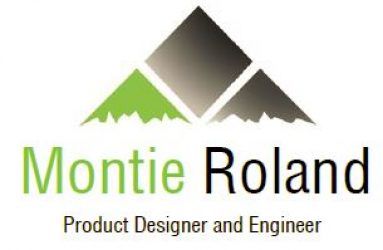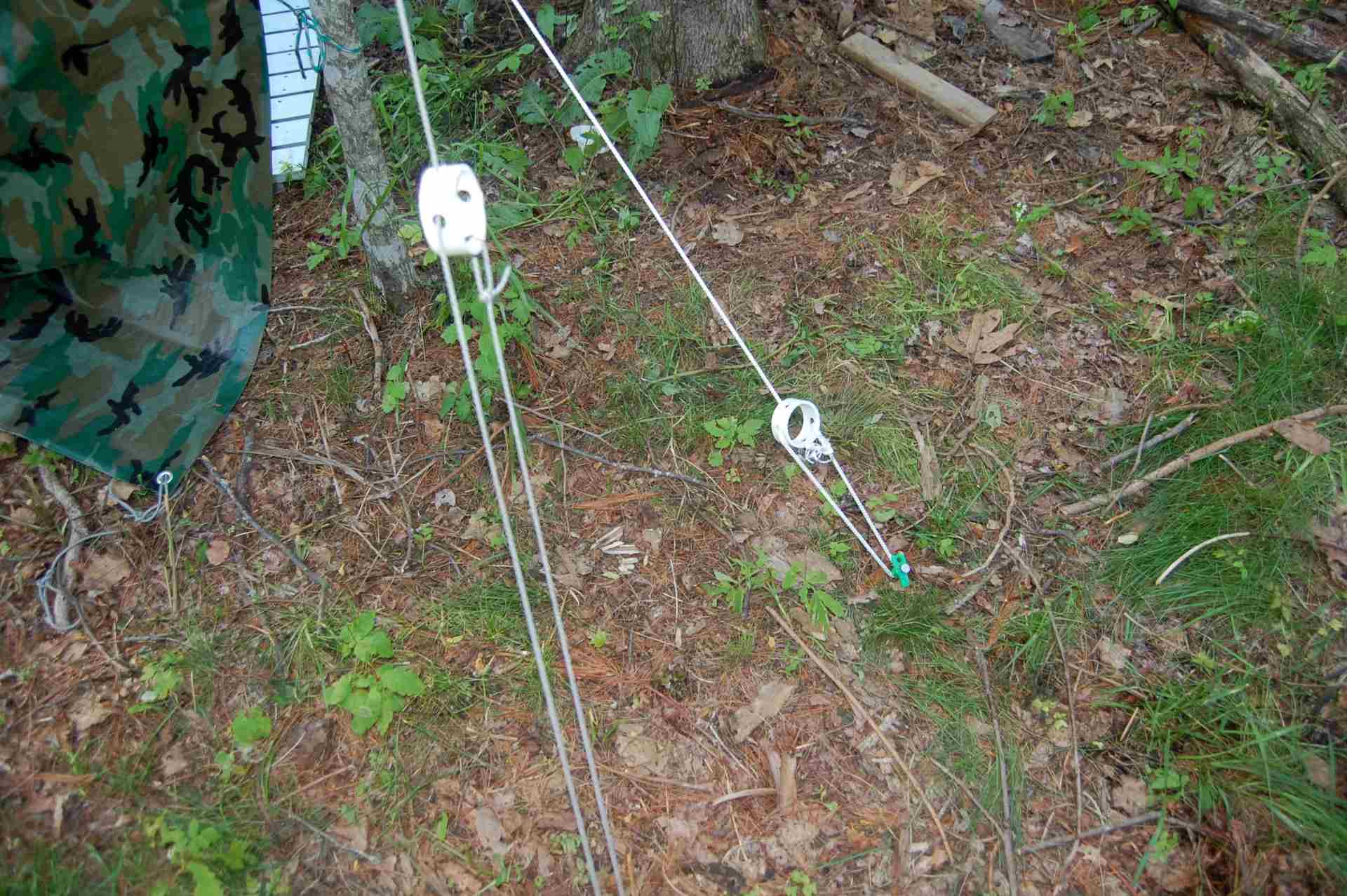by Montie W. Roland,
President, Montie Design
In today’s uncertain economy many companies and consumers delay purchasing even high priority items. With corporate expenditures at a low, just being competitive is not enough. If a new product is to succeed, it must be compelling.
In good economic times the perceived need for industrial design often decreases. Instead, the emphasis shifts to issues that engineers place as priority, revolving around specifications and meeting legacy requirements. If a product doesn’t meet the customer’s requirements it will not succeed in the marketplace. However, if we don’t look at the product wholistically the purpose of the product – to serve the user – may get lost in the rush to get the product out the door.
“Good Enough” is a phrase that makes many engineers wince. When we go to engineering school we are taught to do exact calculations. The engineer can then apply tolerance to a nominal value and see if the calculated value falls in the acceptable range. Unfortunately, many of the variables and issues inherent to product design are not easily quantifiable. It is often a struggle to determine what is truly important to the user and to the marketplace. When specifications are challenged, it is common to either find legacy specifications that are no longer relevant or specifications that greatly exceed the end user’s real needs.
Product managers must take a critical look at every line in a specification. They must also be willing to expand their expectations and create wish lists. Items on wish lists are often easy to incorporate into a product if they are known about at the beginning of the design cycle. These are some of the reasons why the dialogue between the product manager and the members of the design group is so important. Unfortunately, many design groups spend a large portion of their time and effort trying to meet irrelevant specifications, while never even attempting to include valuable features that could be inexpensively added if they had known about them up front.
An example is shutting a car door. Anyone who commutes to work opens and closes their car door at least four times a day. If you multiply that by the number of days in the year and then by 60 years, you find out that you will probably open and close a car door more than eighty-seven thousand times in your life.
Now imagine going to the car dealer. You get out of your Yugo and shut the door behind you. You walk across the parking lot and open the door to a brand new Lexus. Will you notice the difference in how the Lexus door opens and closes? The answer is YES! You may not stop to think about the differences such as the weight of the door, the silky motion and the smooth closing action of the door catch. However, you will definitely notice the Lexus’ luxurious feel.
Both car doors meet the basic functional requirements. They open and close with a single motion. They keep the rain out and provide the user with a sense of isolation from the outside world. Both doors have windows that raise and lower. However, there are some significant design differences. The Lexus’ door is much heavier and sits on more precise hinges. The Lexus has electric window lifts. The Lexus door is much thicker and has better sound insulation. Even the door handle and door latch action on the Lexus are significantly smoother. In a luxury car, great care is taken in how the door looks, feels and operates. Those subtle differences are part of the reason why marketers of the Lexus are able to justify the cost difference between the Lexus and other vehicles. Now imagine what it would mean to the sales of your product if you were able to differentiate your product as dramatically in its market space!
Another example is the Oxo Good Grips utility knife. The knife was designed for Oxo International by an industrial design firm. Since the introduction of the Good Grips knife, there has been a trend to more user-centric knives. Why was this knife so successful in a very crowded and very mature market space? Was it because of the fact that the handle of the knife was soft, easy-to-clean, ergonomically-designed and very comfortable-to-use when marketed against hard, wooden-handled knives which haven’t changed for hundreds of years? The answer is a resounding no! The knife combined all these wonderful traits with a state-of-the-art blade that was incredibly sharp. Its success wasn’t just because of some really cool handle design, but because it does its job incredibly well. It is easily useable by the widest possible range of people. The industrial designers worked with the engineers to create a superb product from the ground up. There were no racing stripes added at the last minute for market pizazz. Just a product designed, from the beginning, to do its job superbly well.
Would a traditional, wooden-handled knife with the same blade technology as the Oxo knife have been as successful? Would it have gained the same amount of market share in the same short period of time? The combination of great engineering and great industrial design resulted in a knife that worked so well that it established an entirely new genre of knives in a crowded and very mature market. The finished product gave consumers a compelling reason to purchase this knife. The Oxo type of success is what we want you to achieve for your new product.
(continued)
Montie W. Roland is the President of Montie Design, a product development and industrial design firm headquartered in Morrisville, North Carolina. Montie can be reached at 1-800-722-7987, www.montie.com, or montie@montie.com.
























































